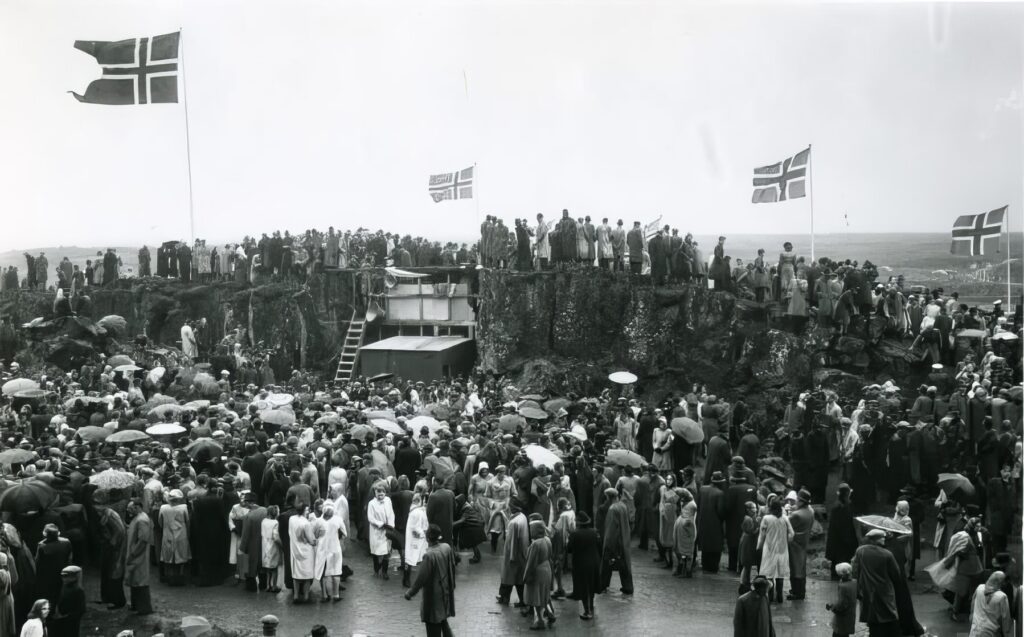The Republic of Iceland was formed on June 17, 1944, aligning with the birth date of Jón Sigurðsson, a key leader early in the fight for independence.

In keeping with Iceland’s peaceful nature and the preservation of its culture despite foreign rule, here are some key historical points on Iceland’s independence:
870s – 1222: Initial Viking settlement and clan wars.
1222 – 1264: Age of the Sturlungs, ending with unification under Norwegian rule.
Late 1300s: Union with Denmark, leading to harsh conditions for Icelanders.
1550: Execution of Reverend Jón Arason for resisting Danish religious changes.
1811: Birth of Jón Sigurðsson, who led the national awakening.
1904: Home rule granted, but Denmark retained control over key affairs.
1918: Iceland became a sovereign kingdom under Denmark.
WWII: British and later US troops occupied Iceland to prevent German invasion.
1944: Full independence achieved on June 17, with the US being the first to recognize it.
Throughout this period, Iceland maintained its cultural identity and built key institutions like the University of Iceland, consecrated in 1940.
Iceland’s Independence Day commemorates all these milestones while looking towards the future of this resilient nation.
From a post on Icelandic Roots Facebook page June 17, 2024